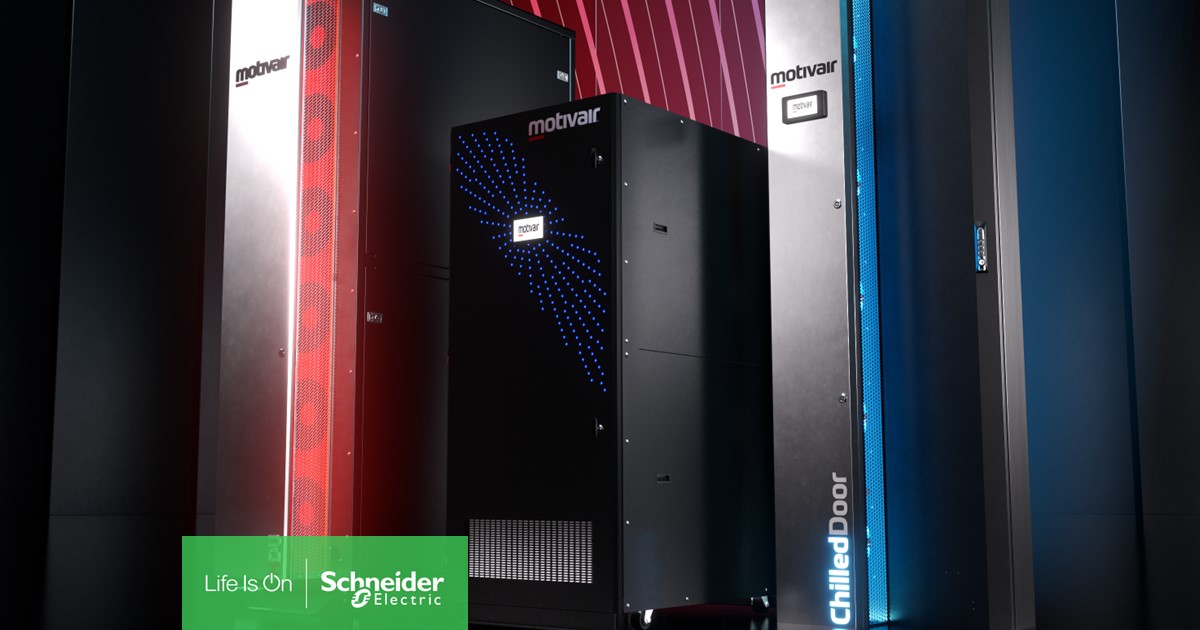Written By: Faith Jemosop
The 5 Companies Powering South Africa’s Energy Storage Future
It began with a blackout.
In the summer of 2022, Johannesburg’s skyline flickered into darkness again, another rolling blackout, another reminder of Eskom’s fragile grid. While candles lit up households, government officials lit up WhatsApp groups with urgency. The message was clear: South Africa must store power, not just generate it.
Three years later, the country’s first major Battery Energy Storage System (BESS) auction has delivered its results, and five companies are now rewriting the story of South Africa’s energy resilience.
Who Won the 616 MW / 2,462 MWh BESS Auction?
The 2025 South Africa battery energy storage auction was not just a procurement exercise, it was a statement of intent. With 616 megawatts of capacity across 2,462 megawatt-hours of storage awarded, the results marked a pivot in how South Africa balances renewables and reliability.
The Winning Bidders:
- Scatec ASA (Norway) – 218 MW / 872 MWh
A global solar giant and now a battery heavyweight. Their bid centered on agility and grid support, with modular design and fast deployment. - Haru Energy (South Africa) – 140 MW / 560 MWh
A local startup-turned-national player. Known for nimble operations and deep community ties, Haru’s win signals a maturing local storage industry. - ENGIE (France) – 100 MW / 400 MWh
With strong South African wind and solar assets, ENGIE’s BESS bid was about vertical integration, store what you produce, deliver when needed.
- Mulilo Energy (South Africa) – 88 MW / 352 MWh
One of the “top renewable energy companies in South Africa 2025”, Mulilo’s storage ambitions show its pivot from generation-only to grid stabilization.
- Sunrise GridTech (USA) – 70 MW / 278 MWh
The only U.S.-based winner, known for grid software as much as hardware. Their project integrates AI-driven dispatch systems for peak-hour resilience.
Project Locations, Partners, and Impact
The storage projects are strategically placed across Northern Cape, Eastern Cape, Western Cape, and Free State, provinces hardest hit by supply inconsistencies yet rich in solar potential.
Key partner insights:
- Scatec’s project in Upington ties into their existing solar farm, with Huawei supplying the BESS containers.
- Haru partnered with Stellenbosch University to model regional grid load responses.
- ENGIE will use Tesla Megapacks in their coastal Eastern Cape installation.
These partnerships reflect a common theme: collaboration across borders and sectors to address an urgent national crisis.
Financial and Equity Breakdowns
This wasn’t a race won on price alone.
- Scatec ASA’s bid included a $240 million loan from Norfund and a $30 million equity injection from the IFC.
- Haru Energy, in contrast, leveraged a blended finance structure with local pension funds, positioning themselves as the people’s project.
- ENGIE and Mulilo received partial grants from the Green Climate Fund, highlighting the climate mitigation value of large-scale storage.
What’s telling is the local equity participation mandate: at least 30% of project ownership must remain in South African hands. This ensures that as the energy transition unfolds, economic empowerment follows.
What Each Project Means for South Africa’s Grid
More than just backup
Battery storage isn’t a glorified generator. These BESS projects will:
- Smooth out solar and wind variability, particularly during cloudy or still days.
- Provide frequency and voltage regulation, reducing the risk of sudden blackouts.
- Act as peakers during demand surges, instantly dispatchable power during 6 PM dinner time when the grid strains.
Also read: Why Battery Storage Is South Africa’s Boldest Energy Bet Yet
It’s the difference between having power and having confidence in power.
Which Provinces Will Benefit First?
The Northern and Eastern Cape will see the earliest deployments, and they need them.
Case in point: Khayelitsha, a township near Cape Town, often experiences voltage drops so severe that fridges malfunction. A 100 MWh battery installation nearby could buffer this instability, giving residents consistent voltage and fewer appliance failures.
Local officials say this isn’t about luxury, it’s about public health, food safety, and education (especially as e-learning expands in rural schools).
Human Story: The Solar School That Couldn’t Store
Take the story of Ms. Mokoena, principal of a small rural school in the Free State. Her school installed solar panels in 2021 through a donor program. But by 3 PM, when students logged into digital classes, the system couldn’t deliver, the sun was down, and there was no battery.
“The panels helped,” she said, “but by afternoon, the lights went off again. We were teaching in the dark.”
That could soon change. One of Mulilo’s awarded BESS projects lies just 30 kilometres from her village. Once live, it could provide stability to a whole district.
Also read: South Africa’s Air Might Be More Dangerous Than Its Water or Food
Why This Auction Matters More Than You Think
This isn’t just South Africa’s leap forward, it’s Africa’s signal to the world: we’re not waiting for miracles; we’re building the batteries.
It also answers the skeptics who doubted renewables’ reliability. When generation and storage walk hand-in-hand, you move from hope to certainty.
Energy Storage is the New Gold
If electricity is the lifeblood of a modern economy, then storage is the heart, pumping power where and when it’s needed.
These five companies are not just building batteries; they’re buying time for a nation to transition, building bridges across energy poverty, and becoming the custodians of South Africa’s grid future.
As the 2025 BESS winners break ground, one truth becomes undeniable: South Africa’s power crisis may not be over, but the comeback has begun.















